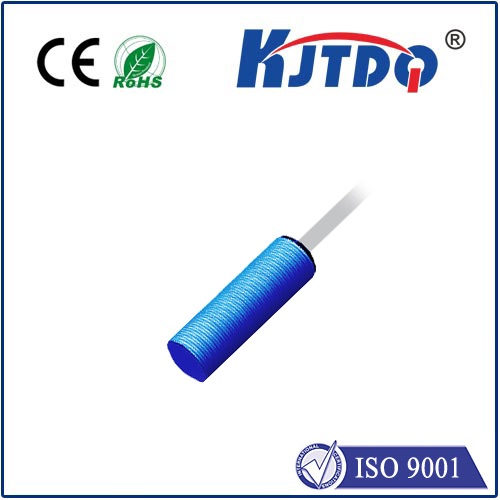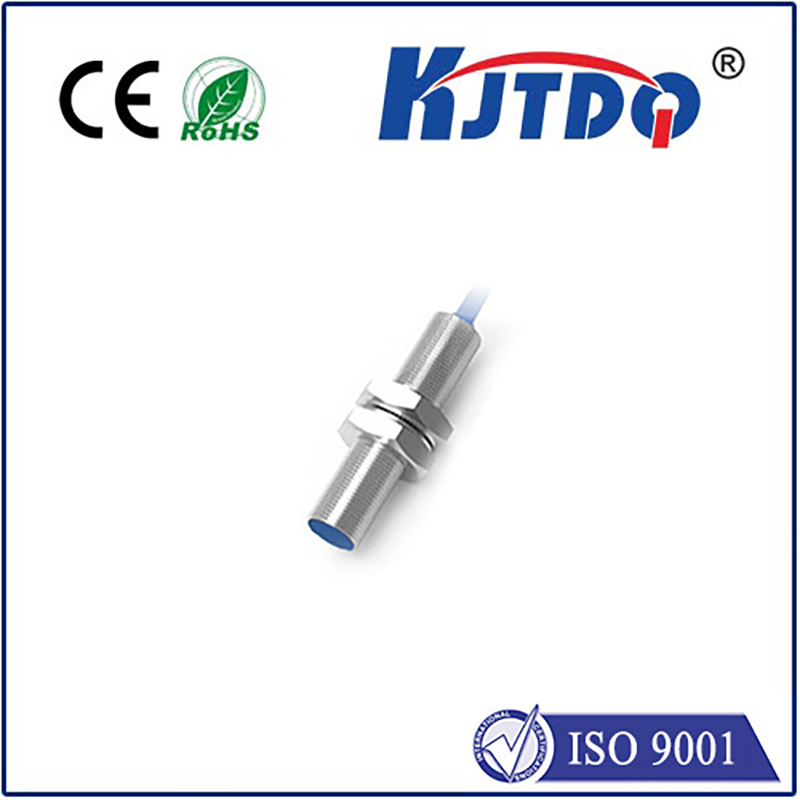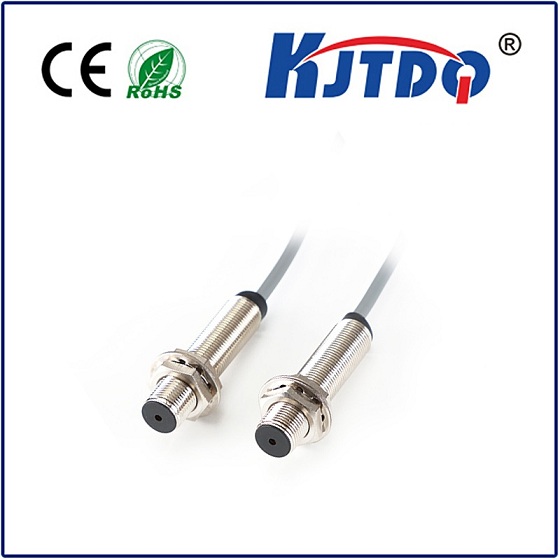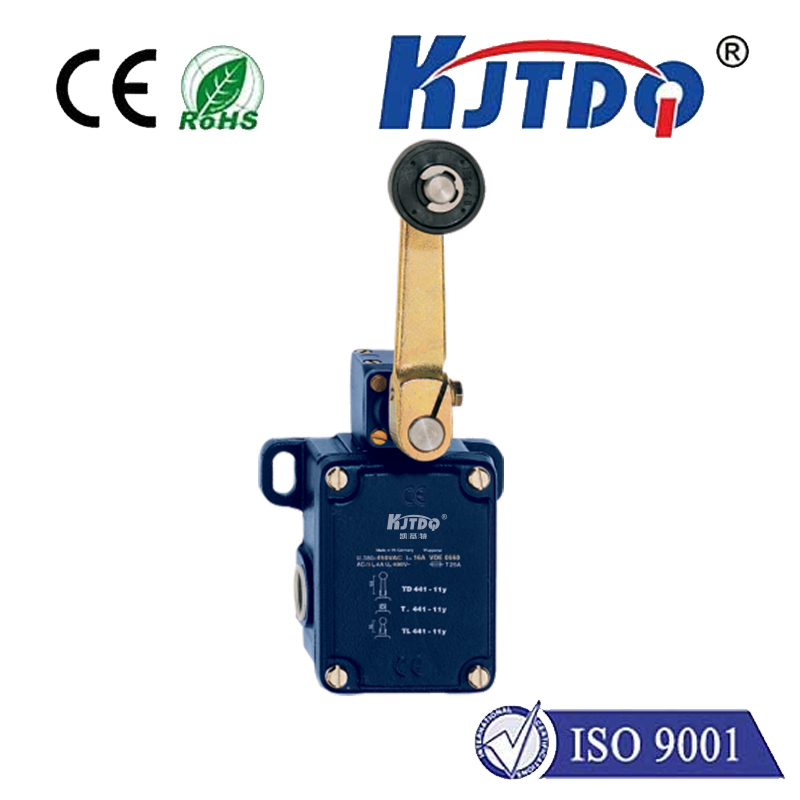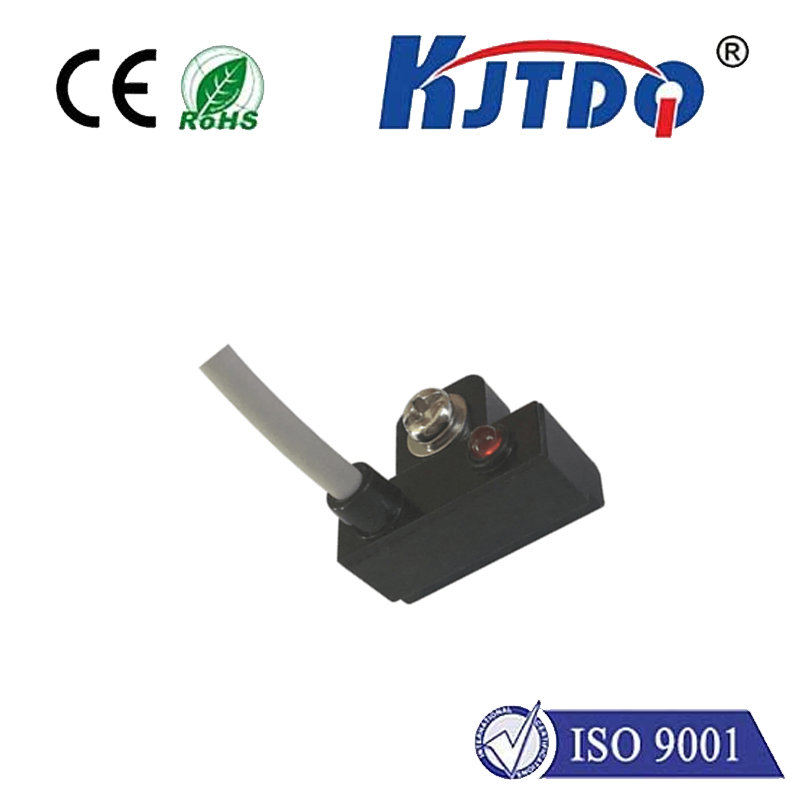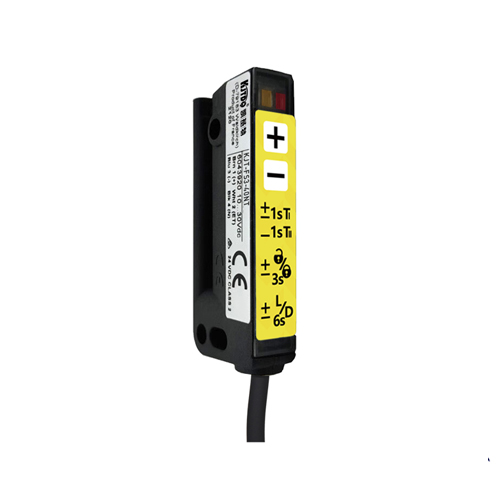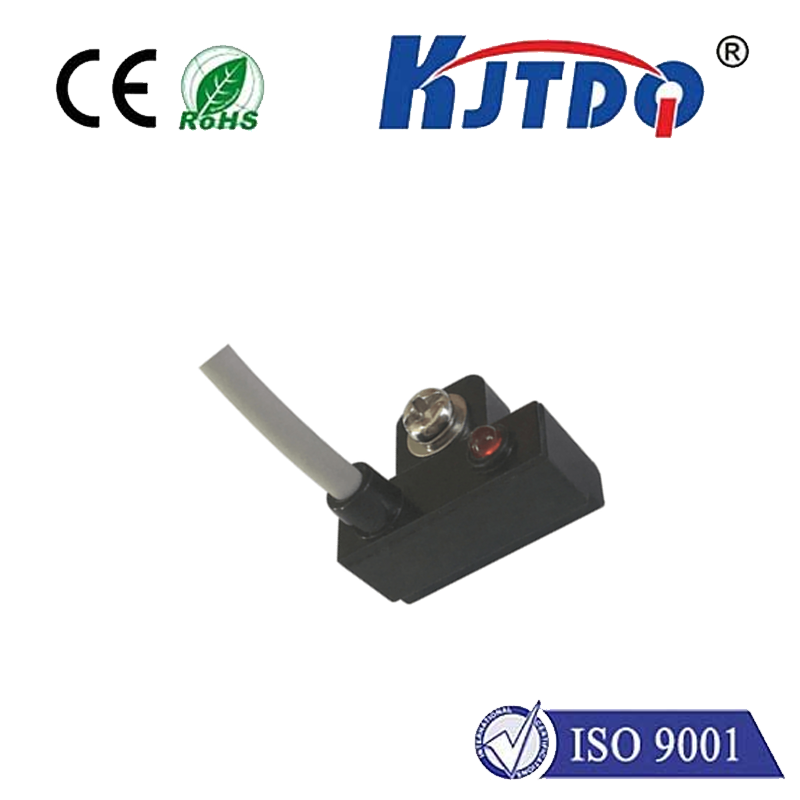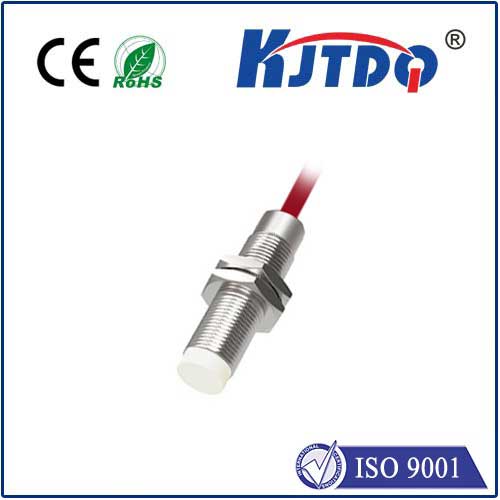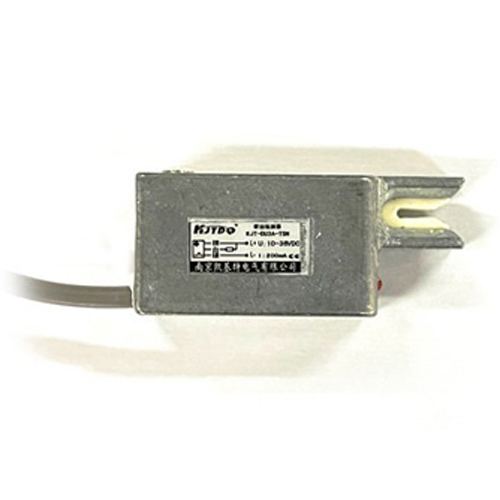In the demanding world of industrial automation, control, and fluid power systems, sensing isn’t just about proximity; it’s often about survival. Components operate in environments where immense forces are at play, demanding sensors that don’t just see but can withstand. Enter the BES02Y3 High Pressure Proximity Sensor – a specialized solution engineered explicitly for applications where standard sensors would crumple under the pressure, literally. This sensor isn’t merely a component; it’s a critical safeguard, enabling precise, reliable machine operation where pressures soar.
Understanding what sets the BES02Y3 apart starts with its defining characteristic: high pressure resistance. Unlike conventional inductive proximity sensors designed primarily for position detection in ambient conditions, the BES02Y3 is constructed to operate reliably within environments subjected to significant hydrostatic pressure. Its robust design, typically featuring a stainless steel housing (often rated to IP67 or higher), ensures its integrity isn’t compromised when immersed in hydraulic fluid tanks, operating inside high-pressure manifolds, or monitoring components within powerful presses and injection molding machines.
So, how does this specialized proximity sensor work? At its core, the BES02Y3 utilizes inductive sensing technology. This means it generates an electromagnetic field from its sensing face. When a conductive metal target (like a piston rod, valve spool, or machine part) enters this field, eddy currents are induced within the target. The sensor detects the resulting change in the oscillator circuit’s energy consumption. Crucially, the BES02Y3 maintains stable, repeatable sensing performance even when submerged or subjected to the intense forces exerted by surrounding high-pressure fluid. Its hermetically sealed construction prevents fluid ingress that could cause failure or inaccurate readings.

Where does the BES02Y3 High Pressure Proximity Sensor truly prove its worth? Its applications are intrinsically linked to environments where pressure is not just present but is a critical operational factor:
The benefits of choosing a specialized high pressure proximity sensor like the BES02Y3 extend far beyond simply surviving the environment:
Installation and Selection Considerations: While the BES02Y3 is built tough, correct deployment is key. The sensing distance (rated for the specific model variant) must be carefully considered, ensuring the target enters the effective range reliably. Mounting requires secure, vibration-resistant methods, using appropriate brackets ensuring the sensor body, especially the pressure-sensitive areas, are correctly oriented and protected. Pay close attention to the specified pressure rating – exceeding this limit can cause immediate failure. Electrical connection must follow manufacturer guidelines for the chosen output type (typically PNP or NPN transistor) and voltage rating to ensure signal integrity.
Material matters immensely. The stainless steel construction of the BES02Y3 not only provides pressure resistance but also offers excellent resistance to corrosion from hydraulic oils and aggressive industrial fluids. This further cements its position as a long-term, reliable solution. Regular inspection of the sensing face for buildup and verifying cable integrity remain good practices, even with such a robust sensor.
In essence, the BES02Y3 High Pressure Proximity Sensor fills a vital niche. It answers the critical need for reliable, non-contact position sensing where pressures exceed the capabilities of standard inductive sensors. When hydraulic systems are driving massive forces, when molds are clamping under immense tonnage, or when pressurized fluid is the lifeblood of a machine, the BES02Y3 stands firm. It provides the essential feedback needed to ensure efficiency, precision, and above all, safe and reliable operation under the most demanding industrial pressures. Its presence is a testament to the engineering ingenuity that keeps heavy industry running smoothly, safely, and productively.
